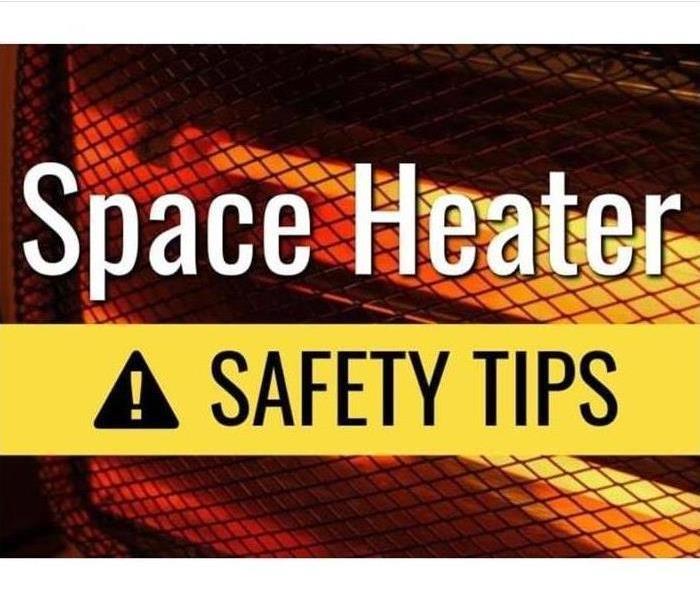Home Heating Safety
12/19/2019 (Permalink)
Throughout the winter months keeping a home warm is vital for homeowners. During the months of December, January, and February home heating fires are at a higher risk of occurring because of candle fires, electrical issues, and heating equipment. Stay safe and warm with some fire prevention tips below.
- Keep anything that can burn at least three feet away from heating equipment such as a fireplace, wood stove, or a portable space heater.
- Never us an oven to heat your home.
- Remember to turn portable heaters off when leaving the home or going to bed.
- Make sure to have chimneys and heating equipment cleaned and inspected every year by a qualified professional.
- Test smoke and carbon monoxide detectors at least once every three months to ensure that they are working properly.
Thanksgiving Day Fire Facts
11/14/2019 (Permalink)
- Thanksgiving is the peak day for home cooking fires, followed by Christmas Day, Christmas Eve, and the day before Thanksgiving.
- In 2016, U.S. fire departments responded to an estimated 1,570 home cooking fires on Thanksgiving, the peak day for such fires.
- Unattended cooking was by far the leading contributing factor in cooking fires and fire deaths.
- Cooking equipment was involved in almost half of all reported home fires and home fire injuries, and it is the second leading cause of home fire deaths.
Additional Information can be found on the NFPA website at https://www.nfpa.org/Public-Education/Fire-causes-and-risks/Seasonal-fire-causes/Thanksgiving
October is National Fire Prevention Month
10/29/2019 (Permalink)
October is National Fire Prevention Month and at SERVPRO we want to bring awareness to the importance of fire safety and fire prevention. The month of October allows for the opportunity to educate the community in significant actions that can be taken to ensure the safety of the public. The Fire Prevention Campaign for 2019 is, "Not Every Hero Wears a Cape. Plan and Practice Your Escape!" Which focuses on motivating families to plan and practice a home escape plan in the event of a fire. A fire escape drill that includes two ways out of every room and an outside meeting place is key. Making an action plan to get out of you home safely is critical to preventing a significant tragedy.
Escape Planning Tips From the NFPA Website
- MAKE a home escape plan. Draw a map of your home showing all doors and windows. Discuss the plan with everyone in your home.
- KNOW at least two ways out of every room, if possible. Make sure all doors and windows leading outside open easily.
- HAVE an outside meeting place (like a tree, light pole or mailbox) a safe distance from the home where everyone should meet.
- PRACTICE your home fire drill at night and during the day with everyone in your home, twice a year.
- PRACTICE using different ways out.
- TEACH children how to escape on their own in case you can’t help them.
- CLOSE doors behind you as you leave.
Link for more tips: https://www.nfpa.org/education

 24/7 Emergency Service
24/7 Emergency Service
